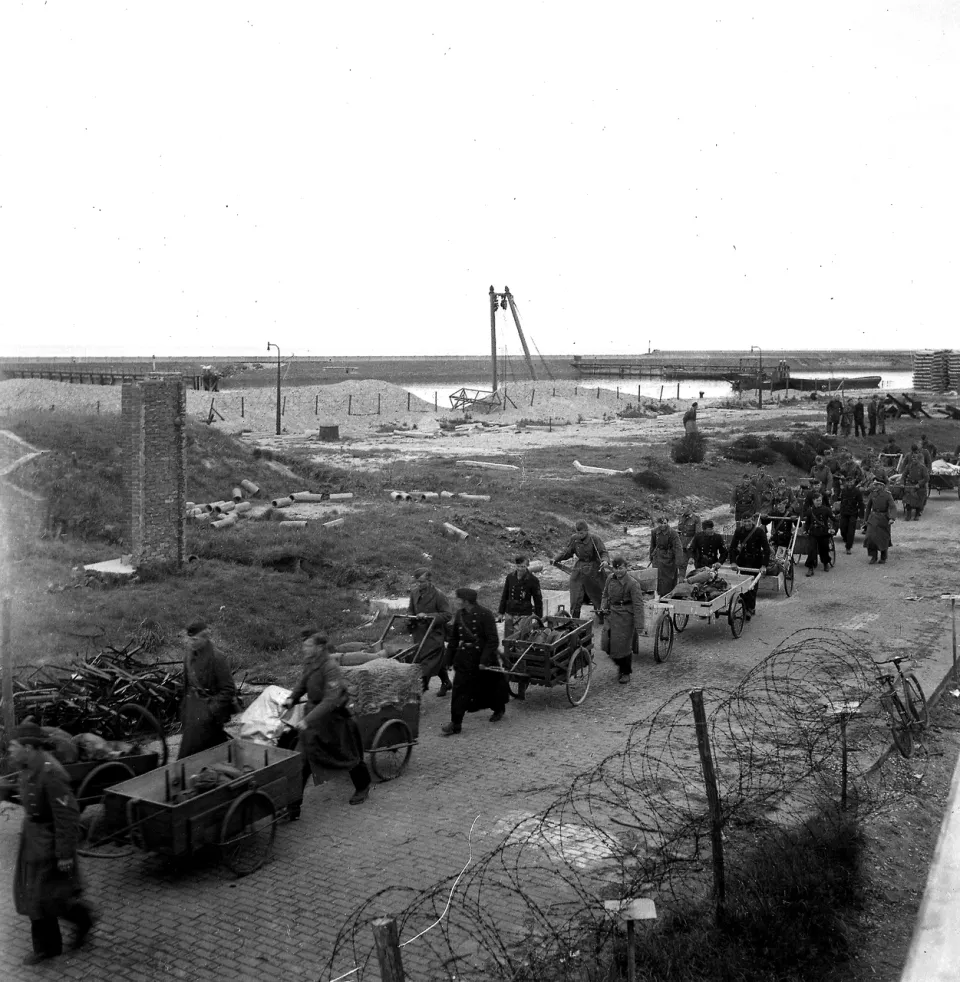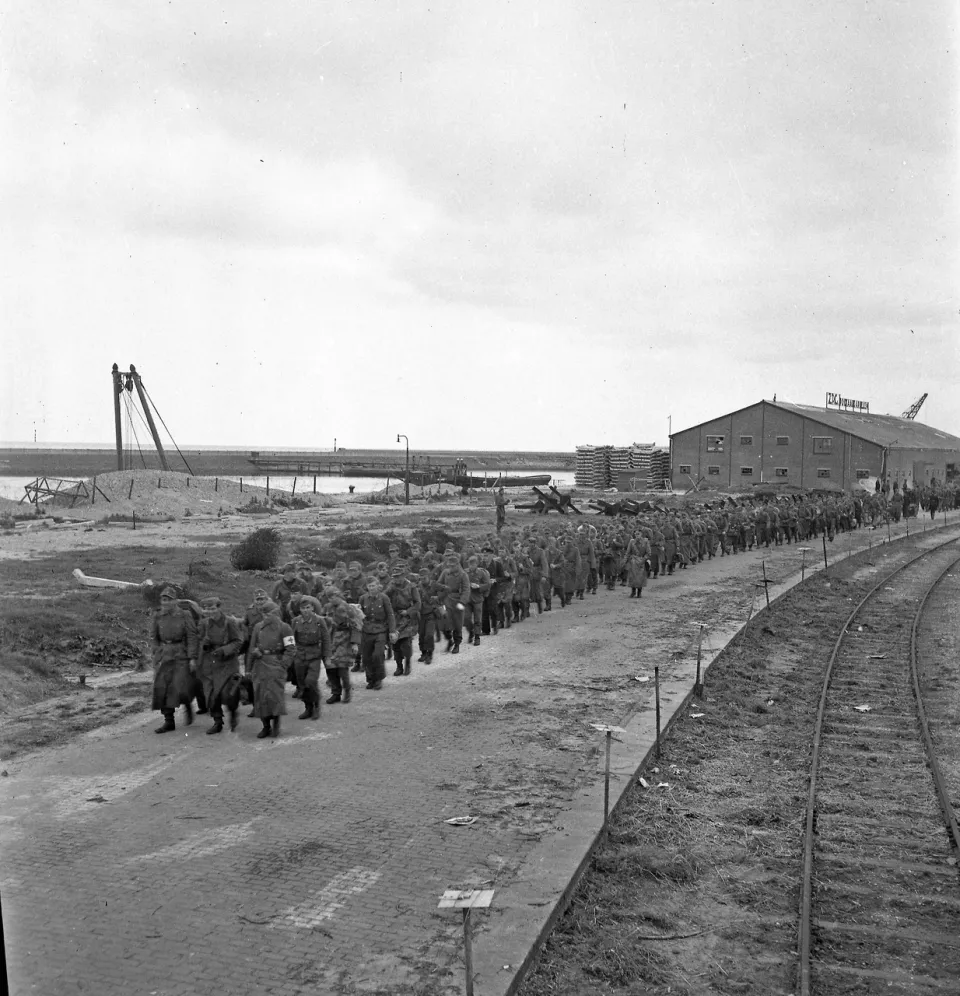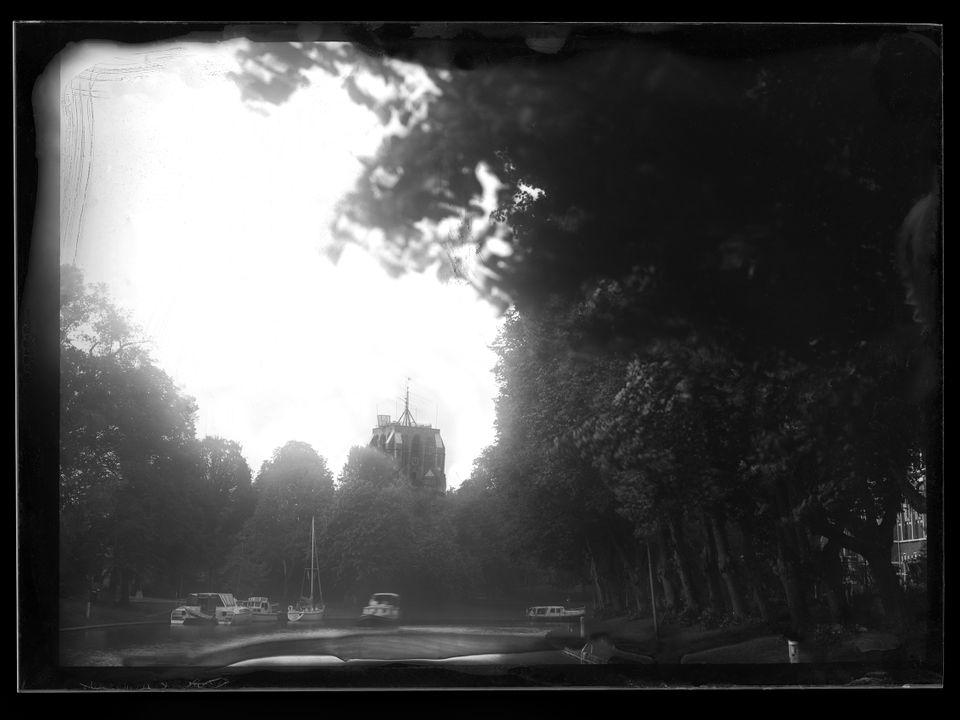Locations
2785 to 2808 of 5492 results
-
Johannes de Doperkerk Raard
Johannes de Doperkerk Raard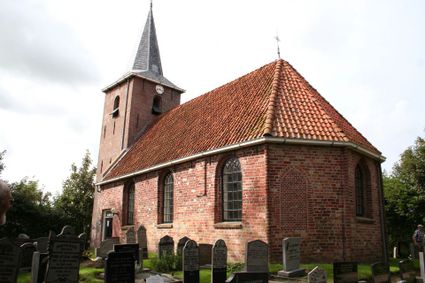 Raard
Raard
from your location
-
Voormalig klooster van de Grauwe Bagrijnen
Voormalig klooster van de Grauwe Bagrijnen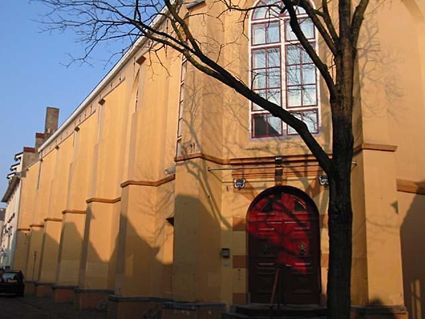 Leeuwarden
Leeuwarden
from your location
-
Mardiek, Fochteler Verlaat met Sluiswachterswoning en de Compagnonslaan
Mardiek, Fochteler Verlaat met Sluiswachterswoning en de Compagnonslaan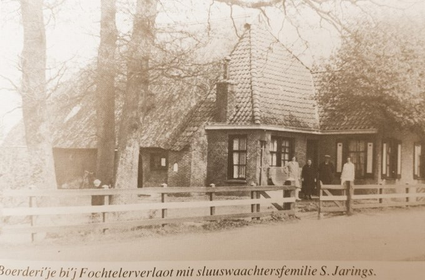 Fochteloo
Fochteloo
from your location
-
Mini camping de Zilveren Maan
Mini camping de Zilveren Maan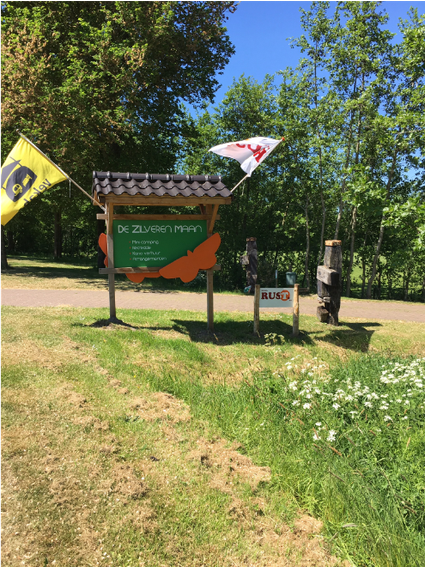 De Westereen
De Westereen
from your location
-
Le Brocope
Le Brocope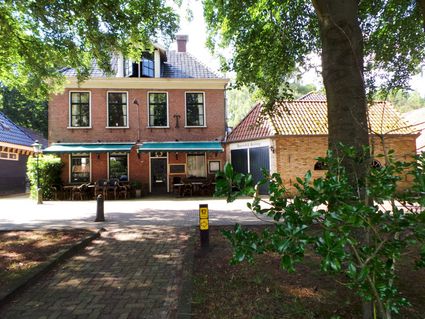 Oldeberkoop
Oldeberkoop
from your location
-
Parkeerplaats Aekingerzand
Parkeerplaats Aekingerzand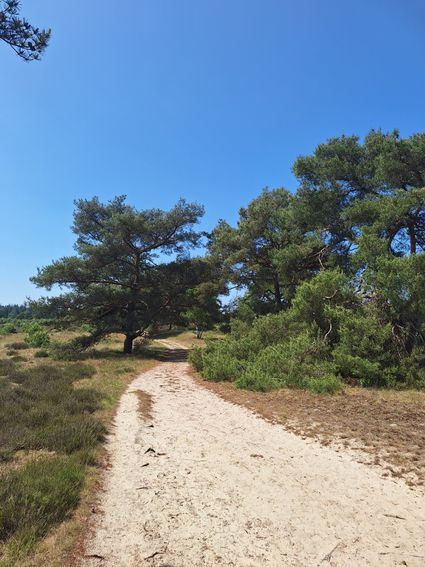 Elsloo
Elsloo
from your location
-
Pietersbierum (Pitersbierrum)
Pietersbierum (Pitersbierrum)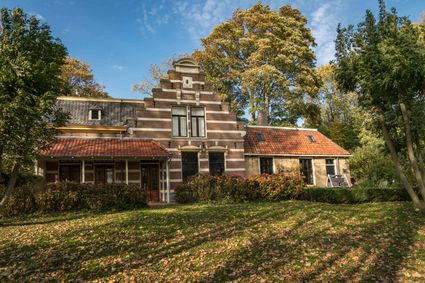 Pietersbierum
Pietersbierum
from your location
-
Duitse krijgsgevangen via Harlingen afgevoerd naar Duitsland
Duitse krijgsgevangen via Harlingen afgevoerd naar Duitsland
Op dit punt lag vroeger de Postbootsteiger. De aanlegplaats voor de veerdienst naar Vlieland en Terschelling. Deze veerdienst werd tijdens de oorlog 'gewoon' gebruikt. De haven van Harlingen werd na de oorlog gebruikt om Duitse krijgsgevangenen af te voeren naar Duitsland.
Veel Duitse militairen zijn in de laatste dagen voor de bevrijding via Harlingen gevlucht naar Noord-Holland, dat onderdeel was van “Festung Holland”. Dat gebeurde te voet en met rij- en voertuigen via de Afsluitdijk, maar ook met schepen via de haven van Harlingen.
Na de capitulatie van Nazi-Duitsland werd de haven gebruikt om Duitse krijgsgevangenen uit Noord-Holland naar Duitsland af te voeren. Friesland lag op de route. Van de circa 140.000 krijgsgevangen werden er op 21 mei ongeveer 25.000 met schepen en landingsvaartuigen vanuit Den Helder naar Harlingen overgebracht.
Het merendeel van de krijgsgevangenen werd vanaf 25 mei 1945 tot en met 5 juni 1945 in grote groepen over de Afsluitdijk naar Friesland geleid onder escorte van Canadese eenheden. In het gebied tussen Zurig, Witmarsum en Pingjum werd er een rustpauze ingelast. Daarna werd de voettocht hervat via Bolsward, Sneek, Akkrum, Beetsterzwaag, Siegerswoude en Bakkeveen richting Duitsland.
De Harlinger haven werd ook gebruikt om Nederlandse collaborateurs, die naar Terschelling waren gevlucht, door te sturen naar de verschillende interneringkampen. Zo werd op deze plek werd ook de naar Terschelling gevluchte NSB-burgemeester van Harlingen P.J.E. Dekker, weer aan wal gebracht.
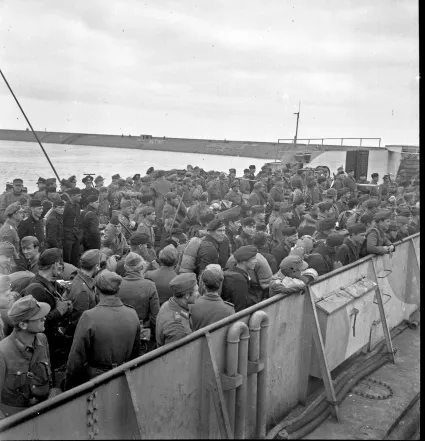 Harlingen
Harlingen
from your location
-
-
Huis met de twintig kamertjes
Huis met de twintig kamertjes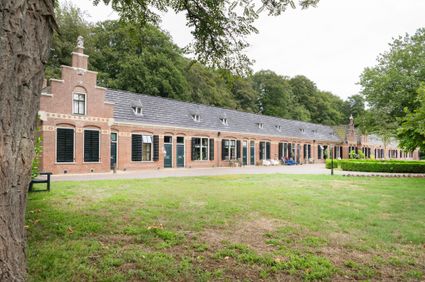 Tytsjerk
Tytsjerk
from your location
-
Landgoed Âld Heach Hiem - Vakantiehuis Janssloot&Âlde Feanen
Landgoed Âld Heach Hiem - Vakantiehuis Janssloot&Âlde Feanen Goëngahuizen
Goëngahuizen
Direct boekbaar
from your location
-
Occupation of the Blesse bridge by the NBS
Occupation of the Blesse bridge by the NBS
On 8 April 1945, the words "The bottle is empty" sounded on Radio Orange. This code message was the go-ahead for the resistance to start putting bridges, roads and railway lines out of order thirty-six hours later. The Frisian resistance answered this call en masse.
As soon as the Allied vanguard drew near, the armed resistance was also deployed to support their advance. And that sometimes meant that there were also bridges that had to be occupied rather than deactivated. One such action took place in the municipality of Weststellingwerf.
On 12 April 1945, the Canadian vanguard approached the village of De Blesse. The local section of the Dutch Domestic Armed Forces (NBS) was instructed by the resistance leadership to scout the railway bridge and road bridge (the Blesse bridge) over the Linde and, if possible, to occupy them.These bridges were important for maintaining the speed of the Canadian advance. Partly for this reason, they were also often guarded by German soldiers. In most cases, the bridges were also fitted with explosives. This allowed the bridge to be blown up if the Germans eventually had to retreat.
The reconnaissance revealed that the Blesse bridge was guarded by a total of about 10 soldiers. The NBS then decided to attack the bridge from two sides in the evening. Thanks to several aerial arms drops, the resistance fighters were well armed. In the dark, the men set off and split up into three groups. They eventually took up posts north and south of the bridge. The plan was to storm the bridge at two in the morning from the south.To their surprise, their fire was not returned as they approached the bridge. The guards appeared to have disappeared. With that, the bridge had unexpectedly fallen into the hands of the NBS without bloodshed. Moreover, no explosives were found to be affixed to bridge. After the bridge was secured, it was guarded until the Canadians arrived.
News of the occupation of the bridge was reported to the section commander the same night. And through other means of communication, the news also reached the Canadians. Holding the bridge facilitated and accelerated the Canadians' advance later in the day.
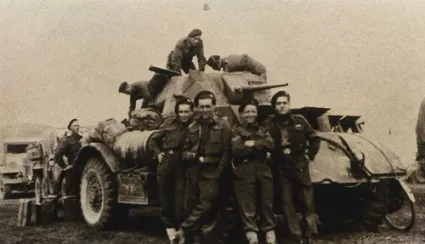 De Blesse
De Blesse
from your location
-
-
Mûntsebuorsterpolder
Mûntsebuorsterpolder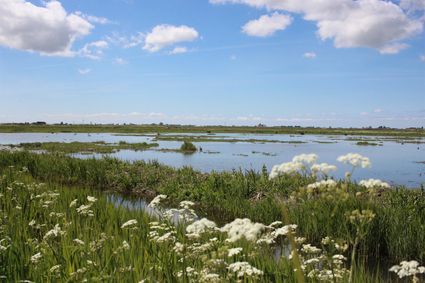 Nijhuizum
Nijhuizum
from your location
-
Sailing Dutchman Events
Sailing Dutchman Events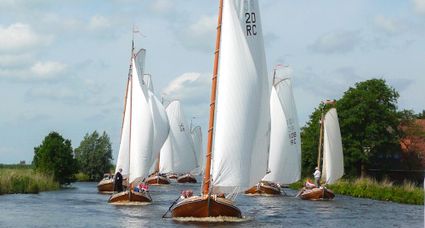 Harlingen
Harlingen
from your location
-
Tuinsteeg
Tuinsteeg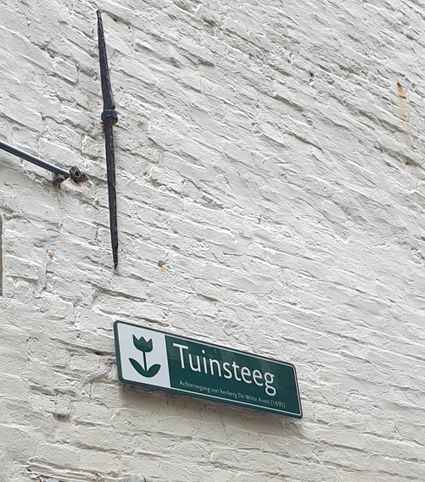 Harlingen
Harlingen
from your location
-
Tjitsma-terp Koningsterp Wijnaldum
Tjitsma-terp Koningsterp Wijnaldum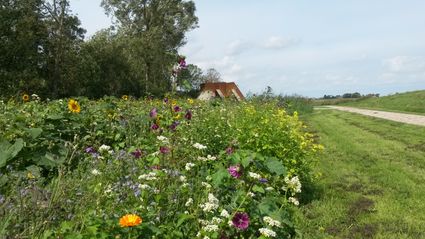 Wijnaldum
Wijnaldum
from your location
-
Kunstwerk Prinsentuin | Baukje Venema
Kunstwerk Prinsentuin | Baukje Venema
Een foto van Baukje Venema. Deze foto laat de Prinsentuin zien in Leeuwarden en is uit een reeks van kunstwerken die bij de ijsbanen van de Iisbaankeunstrûte horen.
 Leeuwarden
Leeuwarden
from your location
-
-
Attema-Sate
Attema-Sate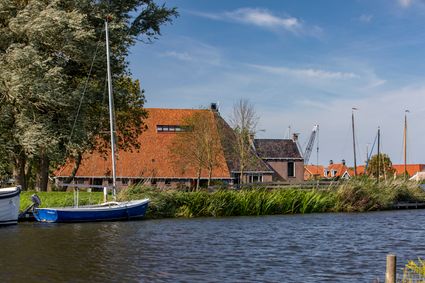 Gaastmeer
Gaastmeer
Direct boekbaar
from your location
-
Sluis Dokkumer Nieuwe Zijlen
Sluis Dokkumer Nieuwe Zijlen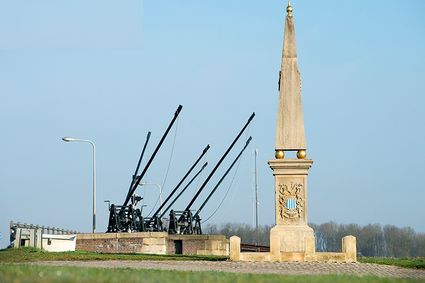 Engwierum
Engwierum
from your location
-
The Princessehof National Museum of Ceramics
The Princessehof National Museum of Ceramics Leeuwarden
Leeuwarden
from your location
-
De Winkelhaak
De Winkelhaak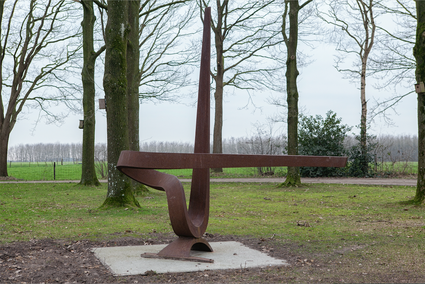 Elsloo
Elsloo
from your location
-
Saksische boerderij
Saksische boerderij Fochteloo
Fochteloo
from your location
-
E-bike oplaadpunt in Sneek
E-bike oplaadpunt in Sneek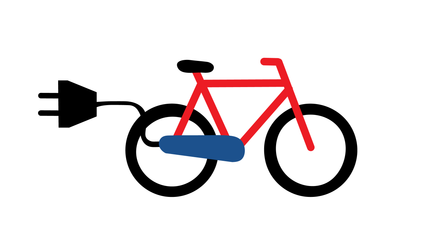 Sneek
Sneek
from your location
-
Súd Ie
Súd Ie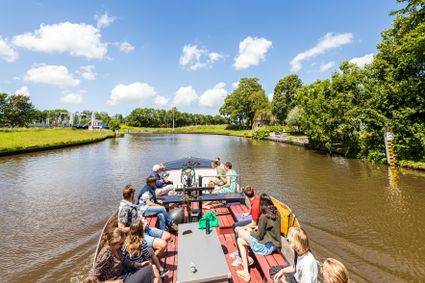 dokkum
dokkum
from your location
-
Welgelegen - Pipo wagen (vierpersoons)
Welgelegen - Pipo wagen (vierpersoons) Workum
Workum
Direct boekbaar
from your location

